Choose a keyword
backup casting callback castings chaperone child covid documents fees glossary licence over 18 photos profile registering scan self-tape Spotlight young performer zoom
Choose a category
Castings (1)
Members must choose to receive castings calls. If you don’t want Instant posts, choose Digest. Here are the options:
- Under 6s – castings for all twins and singletons aged 0-5 years
- Under 16s – castings for all twins and singletons aged 6-15 years
- Over 16s – castings for all twins and singletons aged 16+ years
- Families – castings requiring real family connections of all ages
- Digest – Twice weekly emails with all the latest castings
Public subscribers can choose to receive weekly Digest posts.
Filter Emails
We do send quite a lot of emails so advice you to set up a filter in your email client.
Why?
- So they don’t clutter up your inbox
- So you don’t miss something important
How?
- Create rules to filter your emails – Gmail
- Filter emails in Mail on iPhone
- How to organize Outlook email using folders and rules
- How To Filter Emails In Hotmail To Clean Up Your Inbox
Your email client not listed? Google it, or reply and we’ll see what we can find for you 🙂
Glossary (3)
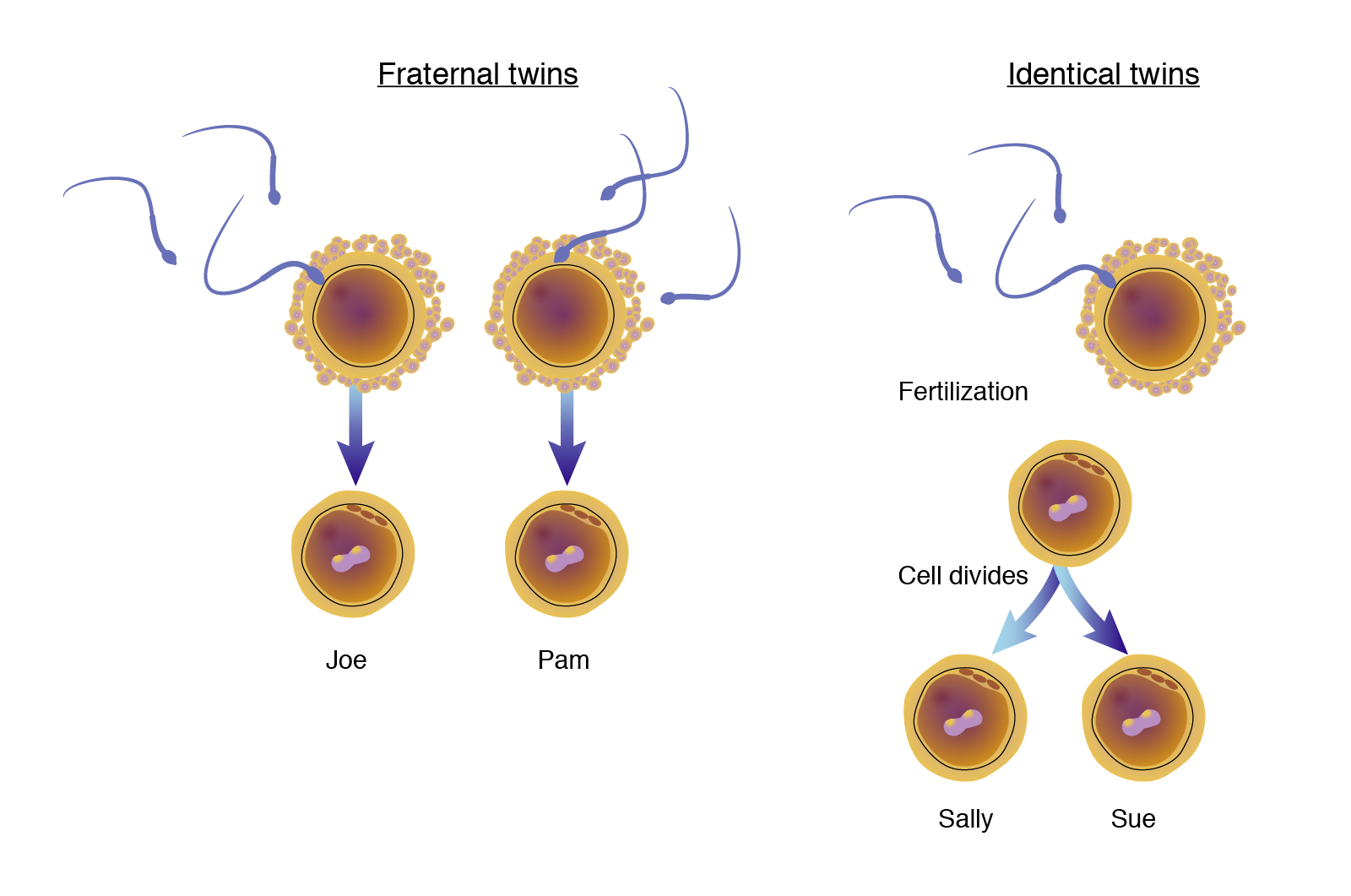
Identical twins are also known as monozygotic twins, and result from the fertilization of a single egg that splits in two. Identical twins share all of their genes and are always of the same sex.
In contrast, fraternal, or dizygotic, twins result from the fertilization of two separate eggs during the same pregnancy. They share half of their genes, just like any other siblings. Fraternal twins can be of the same or different sexes.
Singleton is the birth of only one child during a single delivery.
Triplets can be either fraternal, identical, or a combination of both. The most common are strictly fraternal triplets, which come from a polyzygotic pregnancy of three eggs. Less common are triplets from a dizygotic pregnancy, where one zygote divides into two identical fetuses, and the other doesn’t.
There are more different kinds of twins – see below. Normally, except the first two kinds, others are known to be quite rare to occur. All these twins, apart from similar faces have some varied characteristics.
MIRROR IMAGE TWINS
These twins will often have “mirror images” of their features, such as hair whorls that run clockwise in one and counter clockwise in the other, a birthmark on the right shoulder of one and the left shoulder of the other, etc. There is no specific test for determining if twins are mirror-image. The determination is made by observation only.
HALF-IDENTICAL TWINS
These are the type of twins who share half their genes in common (from the mother) and the other half different (from the two sperms). They share some features of identical twins and some features of fraternal twins and thus are called half-identical twins.
MIXED CHROMOSOME TWINS
This occurs if two separate sperms fertilize two separate eggs which then fuse, producing individuals with different sets of chromosomes. Some have been identified to have more than one distinct red blood cell type and individuals who are both XX and XY (the sex chromosomes – XX being female and XY being male.) It is very rare, and less than 25 cases have been identified as yet.
SUPERFETATION
Superfetation is the occurrence of another pregnancy during an ongoing pregnancy. It happens when there is fertilization of an ovule by a sperm cell while a conceptus is already present in the womb.
SUPERFECUNDATION
Twins can have different fathers. One well known case was described in 1810 in the United States. A woman had both a white and a black lover, and she became pregnant and gave birth to twins, one white and the other black. Each twin had a different father. This is called superfecundation.
FRATERNAL TWINS
Twins that are male and female or have different blood types can easily be determined as fraternal. Fraternal twins can share many similarities in appearance just like any brother or sister of the same family.
IDENTICAL TWINS
Identical twins start out as genetically identical as they have the same genes. They are formed by a fertilized egg dividing into two separate individuals. They are always of the same sex.
MONOCHORIONIC TWINS
- Monochorionic twins are identical twins who share one placenta. This occurs in approximately 70 percent of pregnancies with identical twins.
- Monochorionic-monoamniotic twins are identical twins who share both a placenta and an amniotic sac.
- Monochorionic-diamniotic twins are identical twins who share a placenta but not an amniotic sac.
- Dichorionic twins each have their own placenta and amniotic sac. This occurs in approximately 30 percent of pregnancies of identical twins. All fraternal (non-identical) twins also are dichorionic twins.
An allergy occurs when your body’s immune system sees a certain substance as harmful. It reacts by causing an allergic reaction. Substances that cause allergic reactions are allergens.
There are many types of allergies. Some allergies are seasonal and others are year-round. Some allergies may be life-long.
It is important to work with your health care provider to create a plan to manage your allergy. Avoiding your allergens is the best way to prevent an allergic reaction.
DRUG ALLERGY
True allergies to drugs (medicines) occur in only a small number of people. Most drug reactions are not allergic, but are side effects of the properties of the medicine. A diagnosis of the cause of the drug reaction is usually based only upon the patient’s history and symptoms. Sometimes skin testing for drug allergy is also done.
FOOD ALLERGY
There are different types of allergic reactions to foods. There are differences between IgE-mediated allergies, non-IgE mediated allergies and food intolerances.
INSECT ALLERGY
Bees, wasps, hornets, yellow jackets and fire ants are the most common stinging insects that cause an allergic reaction.
Non-stinging insects can also cause allergic reactions. The most common are cockroaches and the insect-like dust mite. Allergies to these two insects may be the most common cause of year-round allergy and asthma.
LATEX ALLERGY
A latex allergy is an allergic reaction to natural rubber latex. Natural rubber latex gloves, balloons, condoms and other natural rubber products contain latex. An allergy to latex can be a serious health risk.
MOLD ALLERGY
Mold and mildew are fungi. Since fungi grow in so many places, both indoors and outdoors, allergic reactions can occur year round.
PET ALLERGY
Allergies to pets with fur are common. It is important to know that an allergy-free (hypoallergenic) breed of dog or cat does not exist.
POLLEN ALLERGY
Pollen is one of the most common triggers of seasonal allergies. Many people know pollen allergy as “hay fever,” but experts usually refer to it as “seasonal allergic rhinitis.”
We’re getting lots of briefs requesting talent eat certain types of food, so we’ve now added a ‘Diet’ section to your profile – please complete ‘Diet’ under ‘Features’ tab.
Here are the most common types of eaters.
OMNIVORES
An omnivore is a person who eats all types of food. The word omnivore literally translates to “all devour.”
These eaters do not discriminate against any individual food group and will eat pretty much anything that is served to them.
Most people consider themselves to be omnivores and say they eat pretty much everything. The reality is, humans tend to be creatures of habit and often rotate through the same foods. Many lean towards certain types of meats or have some sort of dietary restriction (i.e. food allergy, medical/religious restriction, or personal preference). If you’re one of those people, you may better identify with one of the eaters below…
CARNIVORES
A carnivore (a.k.a. meatatarian or meat-eater) is a person who predominantly eats red meat, which includes: pork, beef, veal and lamb. The word carnivore literally translates to “meat devourer.”
Those who follow the popular Paleo diet often consider themselves carnivores since they regularly eat various forms of red meat (along with fish, fruits, nuts and seeds).
If you find yourself always eating traditional burgers, steaks, meatballs and other red meats, it may be more accurate to call yourself a carnivore than an omnivore.
While this pandemic may hinder you from going out to feed your meat cravings, you can easily order online by checking some of the most recommended meat deliveries today.
POLLOTARIANS
A pollotarian is a person who primarily eats poultry instead of red meat. The prefix “pollo” is the Spanish word for “chicken.” However, pollotarians eat any type of bird including: chicken, turkey, duck, quail or hen.
- Pesce-pollotarians: A pesce-pollotarian is a type of pollotarian who occasionally eats fish and seafood.
Do you end up eating some variation of chicken nearly all the time? Congrats on your newly-discovered pollotarian status.
PESCETARIANS (A.K.A. PESCATARIANS)
A pescetarian is a person who primarily eats fish and seafood, as well as vegetables and other non-animal meat foods. “Pesce” means “fish” in Italian and “pesca” means “fishing” in Catalan and Spanish.
- Pollo-pescetarians: A pollo-pescetarian is a type of pescetarian who occasionally eats poultry.
During Lent, many Catholics observe fasting & abstinence by following pescetarianism (as fish is considered “ok”) on Ash Wednesday and Fridays.
Do you avoid red and white meat, but occasionally eat fish, sushi and other seafood? If so, that makes you a pescetarian.
VEGETARIANS
A vegetarian (a.k.a. herbivore) is a person who does not eat any type of meat and eats a plant-based diet instead.
- Fruitarians: A fruitarian is a type of vegetarian who primarily eats fruits, nuts and seeds.
- Ovo Vegetarians: An ovo vegetarian is a type of vegetarian who eats eggs, but not dairy.
- Lacto Vegetarians: A lacto vegetarian is a type of vegetarian who eats dairy, but not eggs.
- Ovo-Lacto Vegetarians: An ovo-lacto vegetarian or lacto-Ovo vegetarian is a type of vegetarian who eats both eggs and dairy (as well as other animal by-products). This is the most common type of vegetarian as it is the least restrictive.
- Flexitarians: A flexitarian (a.k.a. semi-vegetarian) is a type of eater who eats plant-based, but sometimes eats meat. It is a portmanteau of “flexible” and “vegetarian.” There are no defined rules for flexitarians.
VEGANS
A vegan is a person who does not eat any animal products or by-products and strictly adheres to a plant-based diet. This is commonly due to ethical or environmental reasons.
- Beegans: vegans who eat honey
- Pegans: those who follow both a Paleo diet and follow vegan practices
EATERS BASED ON RELIGION
There are many types of dietary restrictions based on religious laws. We touched on Catholics and pescetarianism above. These are the most widely recognized types of eaters based on religion.
KOSHER
People who eat Kosher follow a strict set of Jewish dietary laws. The word “Kosher” means pure or fit for consumption. Orthodox Jews require that foods be prepared by Jews to be considered Kosher. However, this is not a requirement for less strict conservative Jews. Here is a simplified list of Jewish dietary restrictions:
- can only meat from animals with cloven hooves and that chew their own cud (e.g. cows, veal, lambs, sheep, goats; not pigs and camels)
- animals must be slaughtered through a Jewish ritual that does not cause the animal pain (i.e. animal must be unconscious or killed instantaneously)
- only certain birds can be eaten (e.g. chicken, turkey, duck, etc.)
- dairy can only come from Kosher animals
- cannot mix dairy and meat (the term “pareve” means no meat or dairy, which is also beneficial to vegans)
- fish with scales are allowed, but all types of shellfish are prohibited
- fruits and vegetables must be completely free of infestation
- wine must come from a Kosher winery
As you can see, eating a Kosher diet does have positive intentions, which is why 92% of people who eat Kosher are not religious Jews.
HALAL
People who eat halal follow Islamic dietary laws. The word “halal” means lawful or permissible. It is the opposite of “haram” which means unlawful or prohibited. Foods are considered halal if they are prepared, made and stored according to Islamic law and do not have specific contents prohibited by Islamic law. These contents that are considered “haram” include:
- alcohol
- pig (pork, bacon, ham, etc.)
- carnivorous animals
- lard
- certain gelatins and enzymes
- stock and tallow
Headshots (5)
- Click the ‘edit profile’ link in your email
- Click on the ‘Gallery’ tab
- Remove the existing headshot or galley pics by clicking the X
- Save your profile (under ‘Submit’ tab)
- Go back to ‘Gallery’ and upload new pic(s)
- Save your profile again
You’re allowed ONE main headshot and up to TWELVE gallery pics.
If having problems, email pics to media@tvtwins.uk or upload photos to Dropbox.
Email clearly labelled pics to media@tvtwins.uk or upload photos to Dropbox. Failing that you can Whatsapp them to us in ONE go please!!
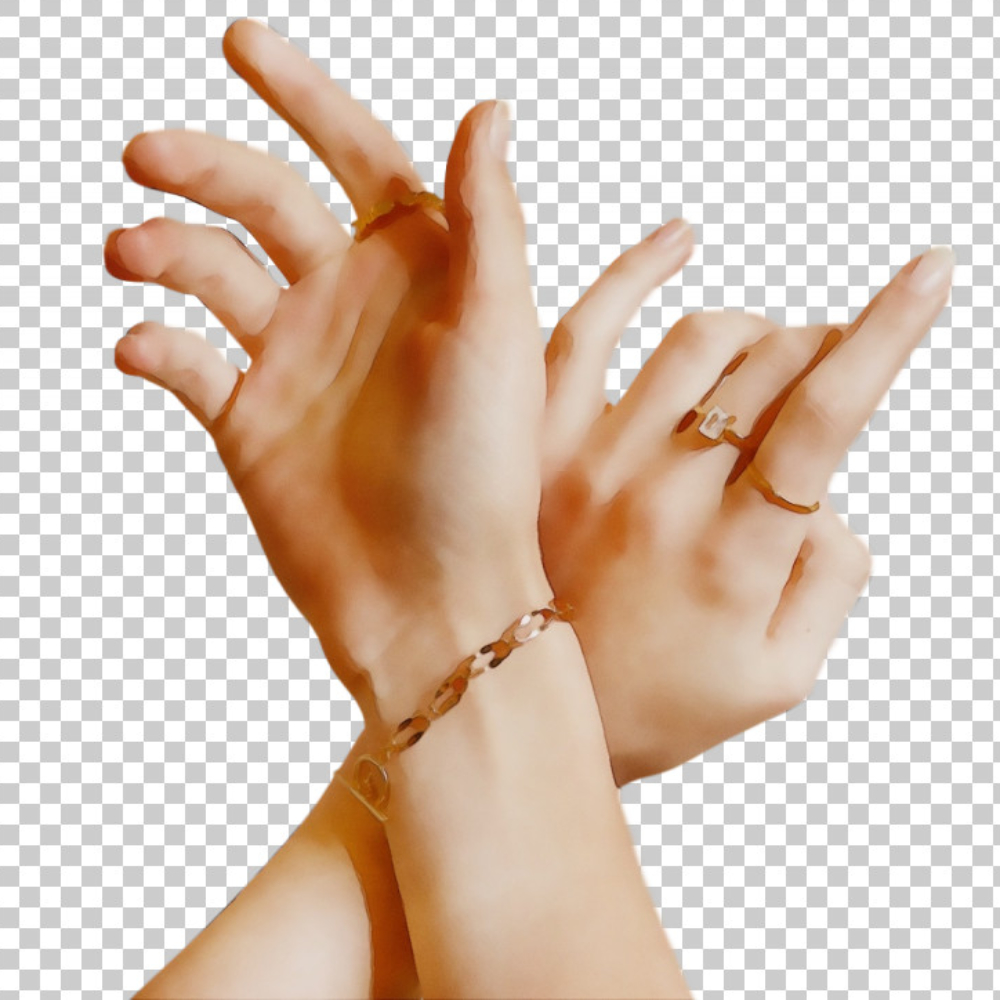
Whether you have done hand modelling before or not, we are often asked for hand models, so unless we already have photos of hands on your profile, we don’t have time to chase this work up. So…
- If you have hand modelling photos, send them to us.
- If you don’t, take some and send them to us. All ages, colours and conditions of hands are needed for a variety of work!
Make sure photos are clearly labelled so we know whose hands they belong to!
HOW TO TAKE PHOTOS
We don’t want hundreds of pics, just 1 or 2 from each model of the front and back of your hands. Preferably have someone else take the shot so both hands can be in one pic per model! Make sure your hands have a clear background behind them; we don’t want any distractions.
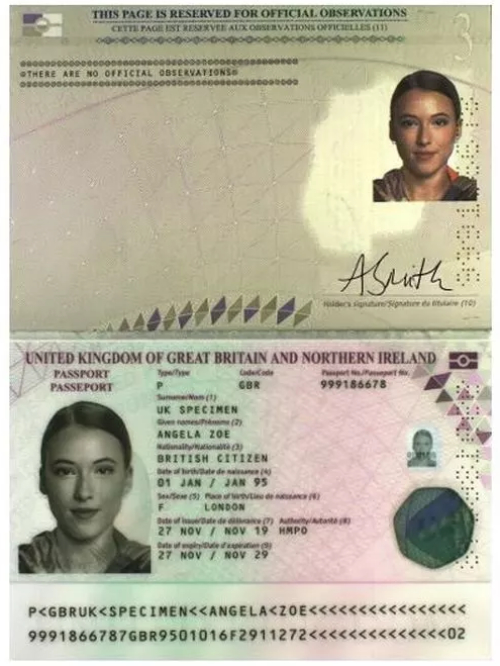
All talent will need to provide a copy of their passport.
Take a photo of the full photo pages as pictured, and name them: “Firstname(s) Lastname (passports).jpg”.
Upload to your profile, or email pics to media@tvtwins.uk
Passports are preferable, but if you haven’t got a passport, you can upload a birth certificate or driving licence.
We don’t expect professional headshots from everyone, but we do expect you putting in a little effort to get them looking decent.
Your MAIN HEADSHOT needs to be in landscape (wide 4:3) mode, not portrait or square!
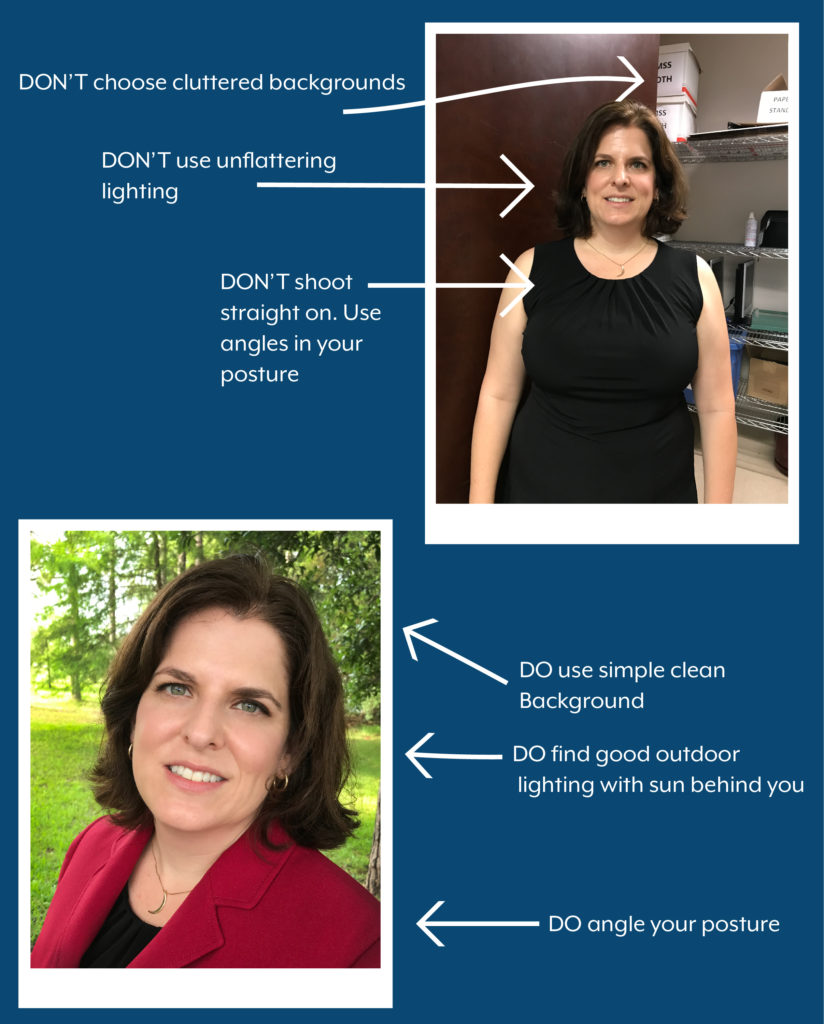
- The surroundings need to be considered – best with a solid-coloured wall, blue sky or trees behind the model.
- Tip: If model has light hair, consider a darker background and vice versa.
- The model should stand up straight and tall, with shoulders back and chin lifted toward the camera.
- Tip: Hair should be washed, dry and preferably loose, wear natural make-up and simple clothes.
- Tip: Twins – heads need to be close! Stand back to back, one behind the other, or face eachother and turn heads towards the camera.
- The photographer should hold the camera at eye level (or just below) and the model framed in portrait mode.
- Tip: A well-placed tripod or stack of books may help prop up the phone!
- Tip: If shooting indoors, stand about 3 feet from the backdrop, face a window, and place the camera between the window and the model.
Here’s a helpful video on how to take passport photos on your phone!
Take a selection with various natural facial expressions, and upload to your profile, or email pics to media@tvtwins.uk or upload via Dropbox or ask first if we can accept them on Whatsapp!
Here are some examples of what we’re after:

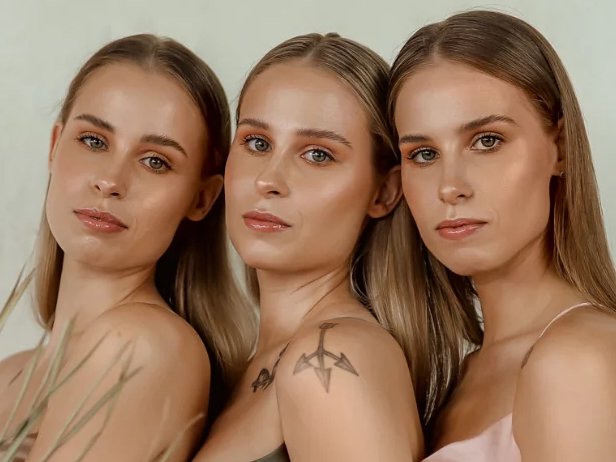


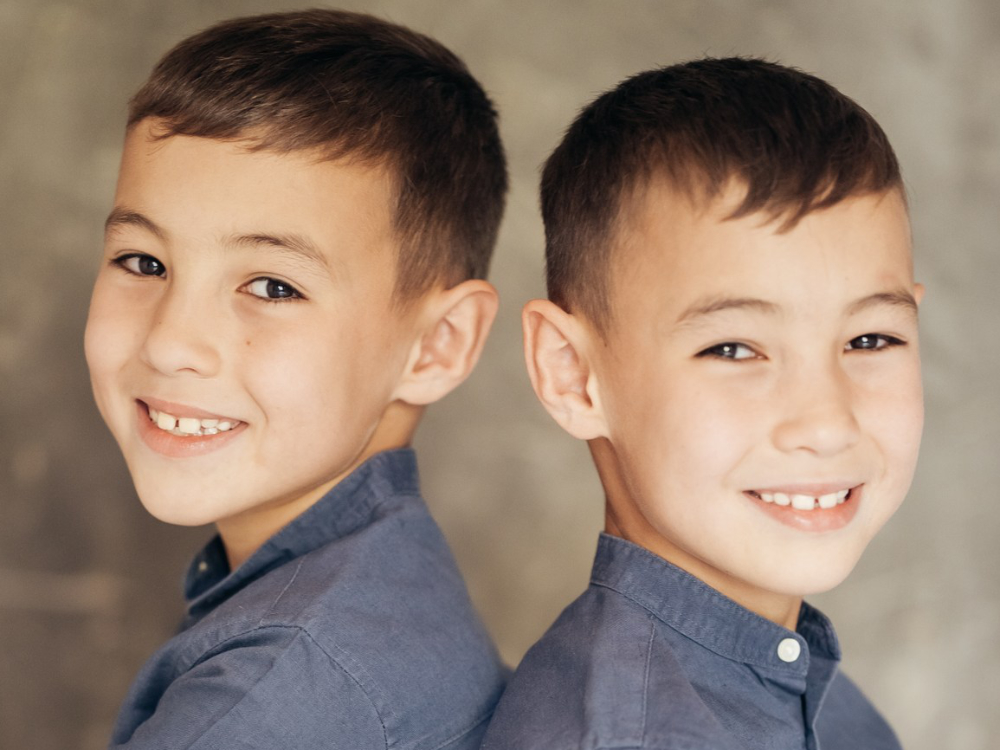



.jpg)
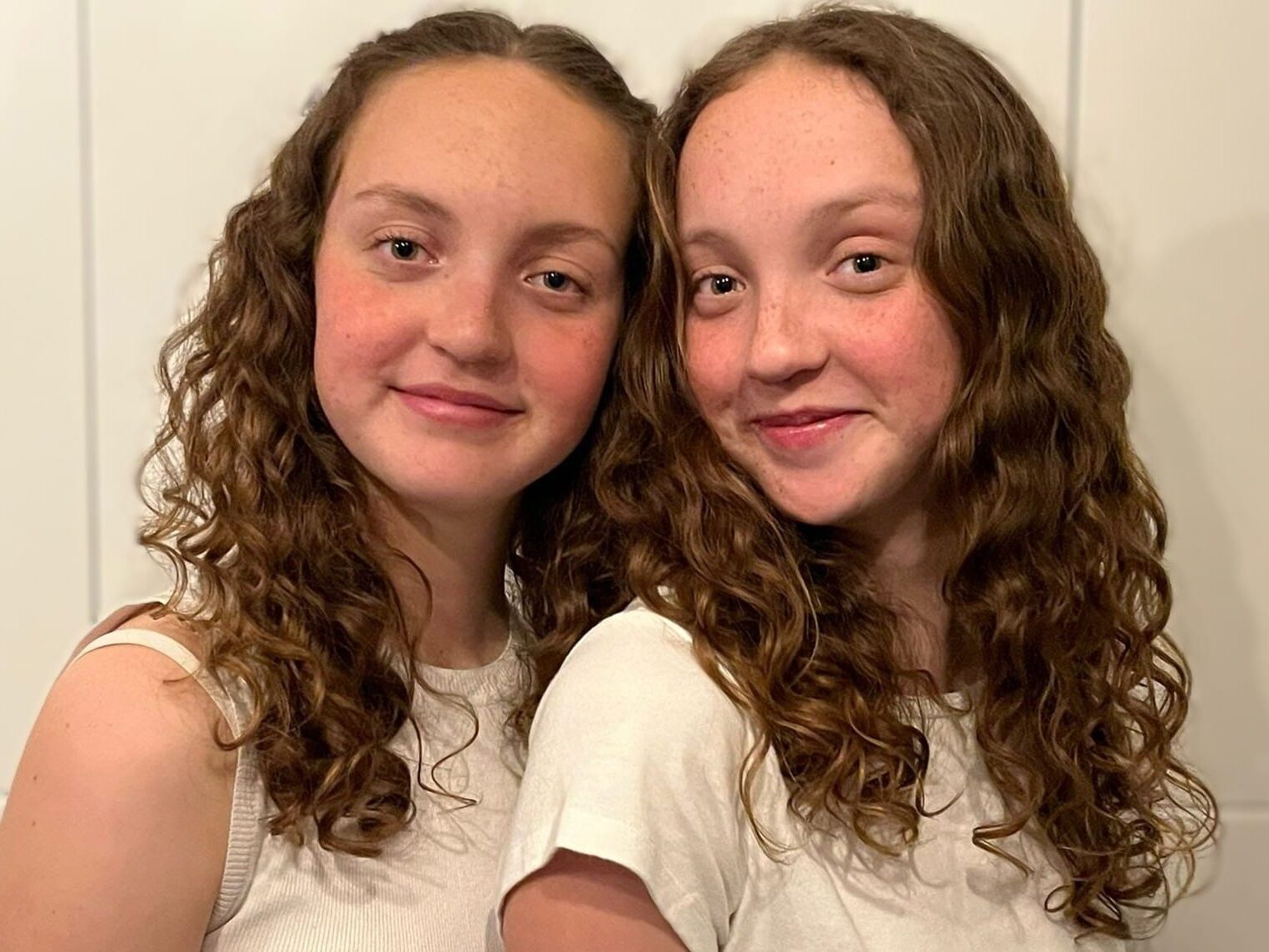
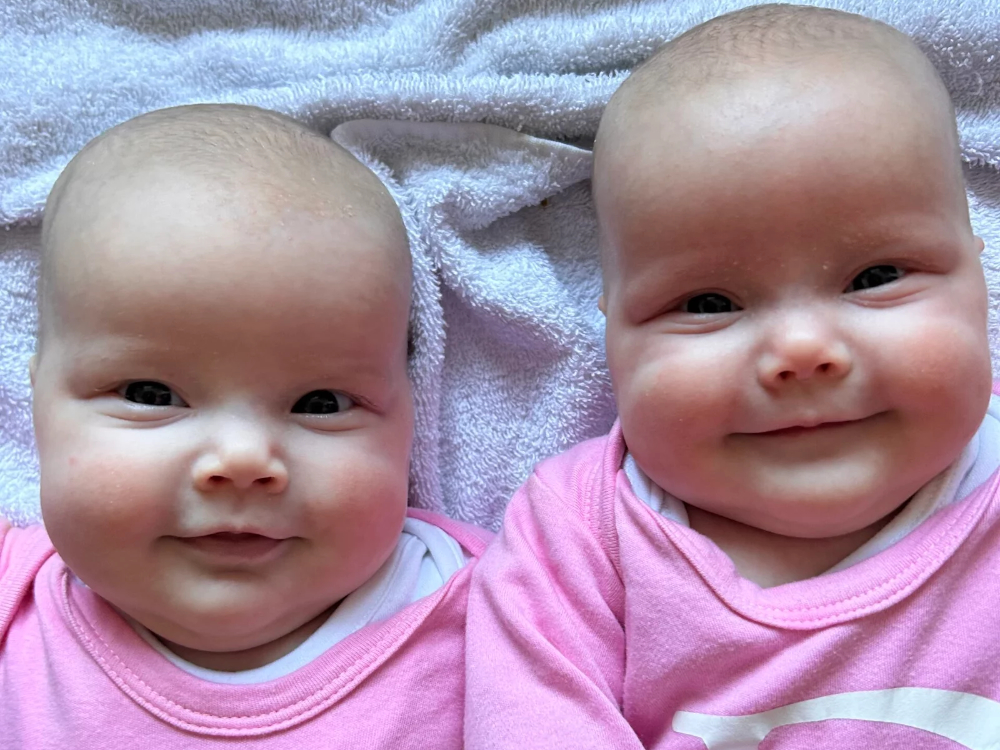
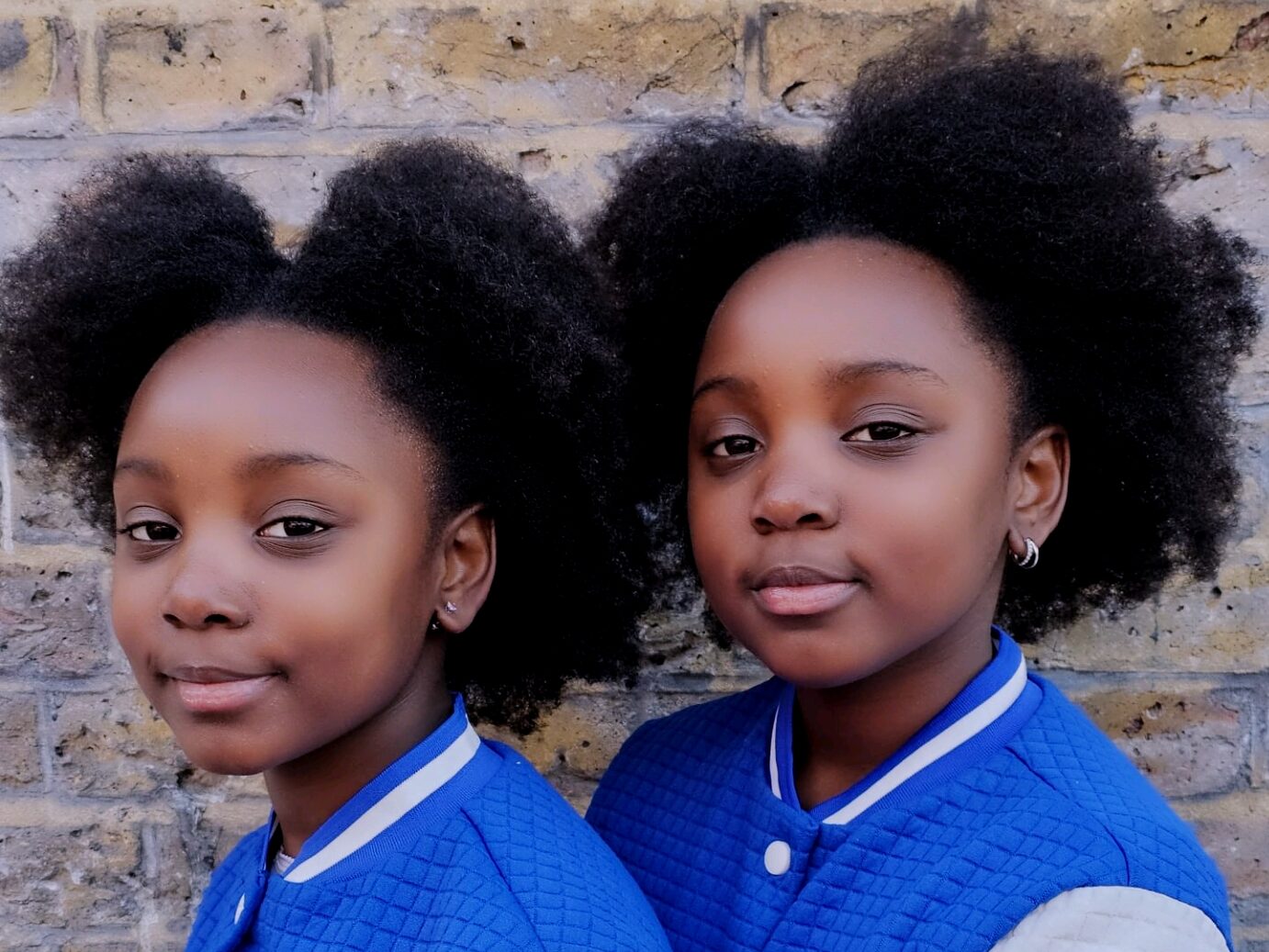
Registration (1)
Members must choose to receive castings calls. If you don’t want Instant posts, choose Digest. Here are the options:
- Under 6s – castings for all twins and singletons aged 0-5 years
- Under 16s – castings for all twins and singletons aged 6-15 years
- Over 16s – castings for all twins and singletons aged 16+ years
- Families – castings requiring real family connections of all ages
- Digest – Twice weekly emails with all the latest castings
Public subscribers can choose to receive weekly Digest posts.
Filter Emails
We do send quite a lot of emails so advice you to set up a filter in your email client.
Why?
- So they don’t clutter up your inbox
- So you don’t miss something important
How?
- Create rules to filter your emails – Gmail
- Filter emails in Mail on iPhone
- How to organize Outlook email using folders and rules
- How To Filter Emails In Hotmail To Clean Up Your Inbox
Your email client not listed? Google it, or reply and we’ll see what we can find for you 🙂
Self-taping (2)
Good practice for self-taping is to record a very short introductory video of yourselves together – please do this as twins rather than separately, and make no mention of any castings – this is for your profile and we can only accept ONE tape!
Use the tips set out at HOW TO SELF TAPE then…

- Prepare yourself – imagine you’re going to a real casting, photoshoot or even going on a night out!
- Sitting comfortably with both of you in shot, camera in landscape mode, introduce yourselves or one another (to the camera), and state that you’re recording an introductory video for TV Twins.
- Continue by chatting to eachother briefly about your amusing experiences and what it’s like to be twins; what you have in common and what separates you.
Important things to include:- your full name(s) and agent (TV Twins)
- your age and current height(s)
- where you’re from and/or live
- type of twins you are (if applicable)
- any previous experience, or skills/hobbies
It should last no more than 2-minutes please!
Camera/phone should NOT be hand held. Please rest it on a steady surface and film in landscape mode.
Rename all files
- On your Android device, open Files by Google
.
- Tap a category or a storage device. You’ll see files from that category in a list.
- Select an option below:
- If you’re on Grid view
:
- Press and hold the file.
- Tap More
.
- If you’re on List view
: Next to the file, tap More
.
- If you’re on Grid view
- Tap Rename.
- Enter a new name, e.g. YourName – Role (TV Twins).jpg
- Tap OK.
Upload directly from your smartphone to Vimeo (with the ability to download enabled), or use a service like Dropbox, We Transfer* or Mail Big File* to send exported files to media@tvtwins.uk and we’ll include it on your profile for Casting Directors and Production Companies to view.
*If using one of these services, please send us the link you receive following your upload!!
Camera/phone should NOT be hand held or move about.
Rest it on a steady surface and film at eye-level in landscape mode!!

When asked to tape a separate slate (or ident) along with your audition self-tape, the Casting Director generally wants a very short video, shot in landscape mode, consisting of:
A close-up, head and shoulders, eye-level frame of performer(s), stating*:

“Hi, my name is Freda Bloggs
My agent is TV Twins
I’m 12 years old and 5ft 6 from Newcastle but live in London
This is my identical twin sister, First Name…”“I’ve been in one supermarket commercial in the last 3 years and I’m fully available”
- Full name and agent
- Age and current height
- Where you’re from and/or live
- Type of twins (if applicable)
- Specify any commercial conflicts and/or dates of unavailability (if applicable)
- If requested, capture profiles (together) without moving the camera: video a full length shot of performers facing front, then turning to each side – count to 2 before turning, and a 2-second close up of your hands (front and back)! Twins should perform these actions together to shorten the video time!

See also this useful advice – https://www.backstage.com/uk/magazine/article/what-is-an-ident-auditions-76755



